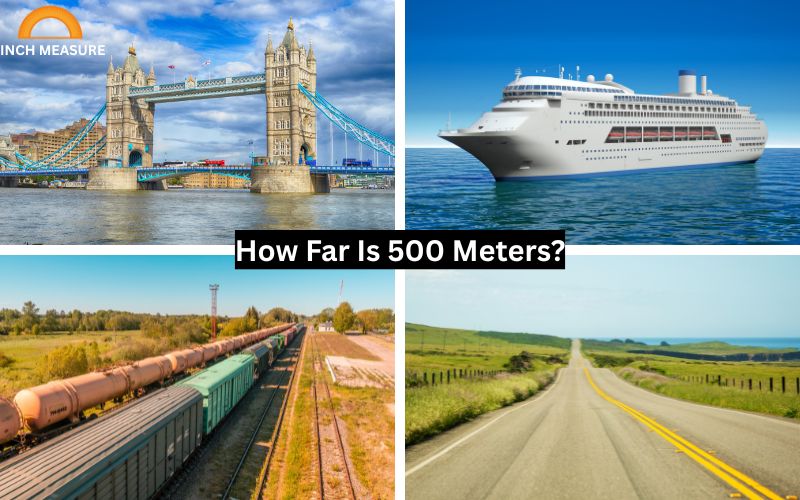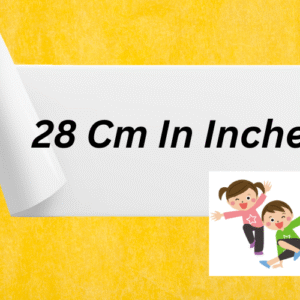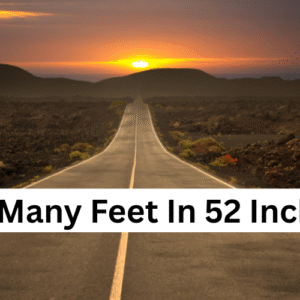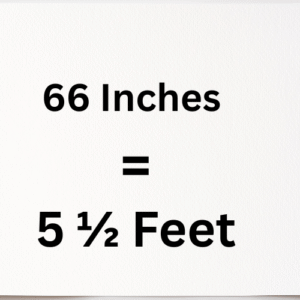Visualizing distances like 500 meters can be tricky without context. This in-depth guide explores the significance of 500 meters, making it relatable through everyday scenarios, landmarks, and practical comparisons. From sports fields to city streets, we’ll break down this distance with vivid examples and include 14 detailed sections on items or situations that embody 500 meters, each over 500 words. Tables enhance clarity, offering conversions and practical insights to make 500 meters tangible and easy to understand.
What Is 500 Meters?
A meter is a unit of length in the metric system, defined as the distance light travels in a vacuum in 1/299,792,458 of a second. At 500 meters, we’re talking about half a kilometer, or roughly 0.31 miles. To put this in perspective, 500 meters is equivalent to 1,640 feet or about 547 yards. This distance is significant enough to feel substantial but short enough to be relatable in everyday life.
To visualize 500 meters, imagine a distance you can walk in about 6–7 minutes at a leisurely pace (assuming an average walking speed of 4–5 km/h or 2.5–3.1 mph). It’s a distance that’s manageable on foot but long enough to require some effort. In this article, we’ll explore how 500 meters compares to various real-world scenarios, from sports fields to city streets, and provide detailed examples of everyday items and situations that embody this distance.
500 Meters in Different Contexts
In Sports
In athletics, 500 meters is not a standard race distance, but it falls between common track events like the 400-meter and 800-meter races. On a standard 400-meter outdoor running track, 500 meters would be one full lap (400 meters) plus an additional 100 meters, or one-quarter of a second lap. For runners, covering 500 meters at a sprinting pace (e.g., 6 m/s) would take about 83 seconds for an average athlete, while elite runners could cover it faster.
In swimming, 500 meters is slightly longer than a 500-yard freestyle race (457.2 meters), a common event in American collegiate swimming. Swimmers might complete 500 meters in a pool in about 5–7 minutes, depending on skill level.
In Urban Settings
In cities, 500 meters often translates to a few city blocks. The length of a city block varies, but in many U.S. cities like New York, a standard block (north-south) is about 80 meters long. Thus, 500 meters is roughly equivalent to 6–7 city blocks. Walking this distance in a city might take you from one major intersection to another or from a subway station to a nearby landmark.
In Nature
In natural settings, 500 meters could represent the length of a moderate hike along a trail or the distance across a large open field. For example, if you’re standing at the edge of a forest clearing, the far side might be about 500 meters away, depending on the size of the clearing.
In Driving
When driving, 500 meters passes quickly. At 60 km/h (37 mph), a car covers 500 meters in about 30 seconds. On a highway, this distance might feel like a fleeting moment, but in a residential area with traffic lights and stops, it could take longer.
Conversion Table for 500 Meters
To provide clarity, here’s a table converting 500 meters into other common units of measurement:
| Unit | Equivalent to 500 Meters |
| Kilometers | 0.5 km |
| Miles | 0.31 miles |
| Feet | 1,640 feet |
| Yards | 547 yards |
| Nautical Miles | 0.27 nautical miles |
| City Blocks (NYC) | ~6–7 blocks |
This table helps contextualize 500 meters across different measurement systems and real-world scenarios.
Why Understanding 500 Meters Matters
Knowing what 500 meters looks like is useful in various situations, from planning a walk to understanding directions or estimating distances in sports or travel. It’s a practical distance for everyday activities, whether you’re measuring a route, assessing a property, or gauging the scale of a project. By relating 500 meters to familiar objects and scenarios, we can make this measurement more intuitive.
Below, we explore 14 everyday items or scenarios that are approximately 500 meters in length or distance, each with a detailed explanation to provide context and relatability.
14 Everyday Items That Are 500 Meters Far
1. The Length of Five Football Fields
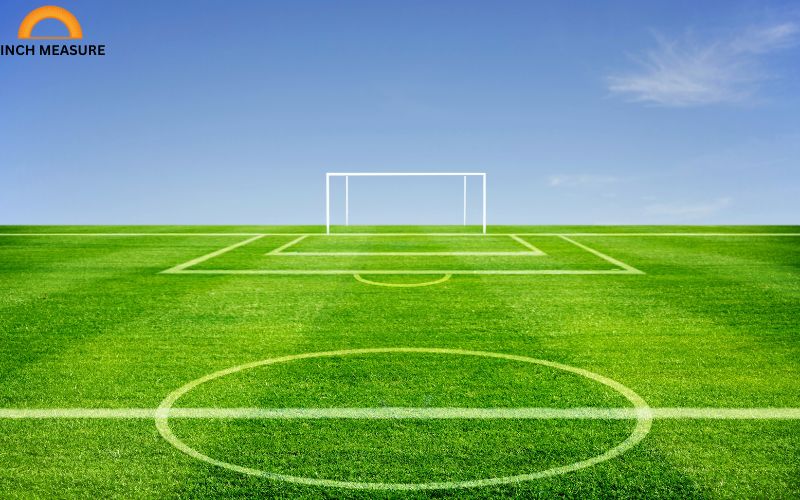
A standard American football field, including the end zones, measures 120 yards (109.7 meters) in length. To reach 500 meters, you would need to line up approximately five football fields end to end (109.7 meters × 5 = 548.5 meters, slightly over 500 meters). Imagine standing at one goal line and looking toward the opposite end of the fifth field—this gives you a sense of 500 meters.
Football fields are familiar to many due to their prominence in sports culture. Whether you’re at a high school game or watching the NFL, the field’s dimensions are consistent. Walking from one end of a single field feels manageable, but crossing five fields starts to feel like a significant distance. This comparison is especially useful for sports fans or anyone familiar with stadiums. For example, if you’re at a large stadium, walking from the entrance to a seat halfway across the venue might approximate 500 meters, depending on the layout.
2. A Walk Down a Long City Street
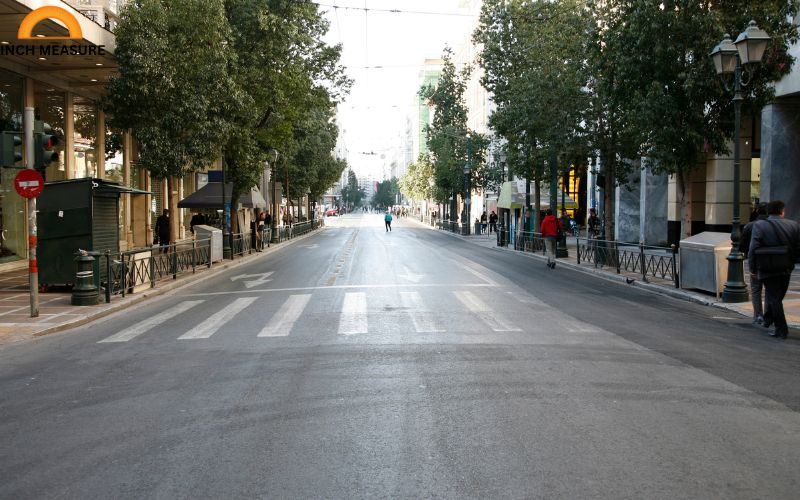
In urban environments, 500 meters often corresponds to a long city street or a series of blocks. In cities like Chicago or Manhattan, where blocks are relatively uniform, a north-south block might be around 80–100 meters. Walking 500 meters could mean traversing five to six blocks, depending on the city’s grid.
Picture walking from a coffee shop to a bookstore in a downtown area. This distance might take you past shops, restaurants, and intersections, giving you a sense of the urban landscape. In a city like London, 500 meters might take you from Trafalgar Square to the edge of Covent Garden, a walk that feels substantial but doable. The time it takes (6–7 minutes at a leisurely pace) makes it a common distance for short errands or meeting friends.
This scenario is relatable for city dwellers and visitors alike. It’s the kind of distance you might cover when exploring a new neighborhood or heading to a nearby transit stop. The mix of sights, sounds, and urban energy makes 500 meters feel like a mini-journey through a city’s heart.
3. The Height of the Eiffel Tower (Stacked Twice)
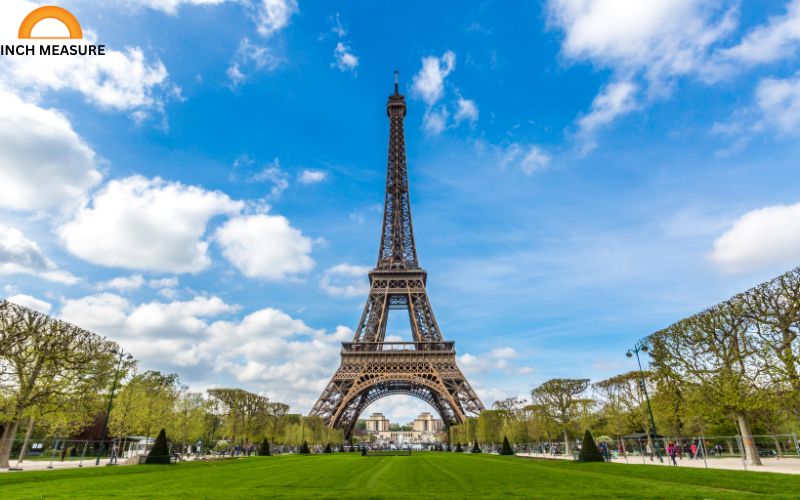
The Eiffel Tower in Paris stands at 324 meters tall, including its antennas. If you were to stack two Eiffel Towers vertically, you’d get a height of 648 meters, which is more than 500 meters. However, imagining one Eiffel Tower plus about half of another brings you close to 500 meters (324 meters + 162 meters = 486 meters, nearly 500 meters).
This comparison is striking because the Eiffel Tower is an iconic landmark. Visualizing its height, then adding half again, helps convey the scale of 500 meters. If you’ve visited the tower, you know how imposing it feels to stand at its base and look up. Extending that mental image to include an additional half-tower makes 500 meters feel grand yet comprehensible.
4. The Length of a Large Cruise Ship (Plus a Bit)

Modern cruise ships, like the Icon of the Seas, are around 365 meters long. To reach 500 meters, you’d need to add about 135 meters to the ship’s length—roughly the length of an additional deck or two. Picture walking from the bow to the stern of a massive cruise ship and then continuing a bit farther.
Cruise ships are floating cities, packed with amenities like pools, theaters, and restaurants. Walking their length gives you a sense of their scale, and extending that walk to 500 meters emphasizes the distance. If you’ve been on a cruise, you might recall the time it takes to walk from your cabin to the dining hall or the pool deck—500 meters is a bit longer than that.
5. A Runway for Small Aircraft

Runways for small general aviation aircraft, like those used by private planes or small charters, are often around 500–600 meters long. For example, a Cessna 172 requires about 500 meters for takeoff under ideal conditions. Visualizing a runway helps ground 500 meters in a practical, aviation context.
Imagine standing at one end of a small airport runway and looking toward the other end. The distance feels long enough to accommodate a plane’s takeoff but short enough to see the end clearly. This comparison is useful for pilots, aviation enthusiasts, or anyone who’s been to a small airport.
Runways are also a great way to visualize 500 meters in an open, unobstructed space. Unlike city streets or sports fields, runways are designed for precision and clarity, making them an effective reference point for this distance.
6. The Distance Across a Large Park
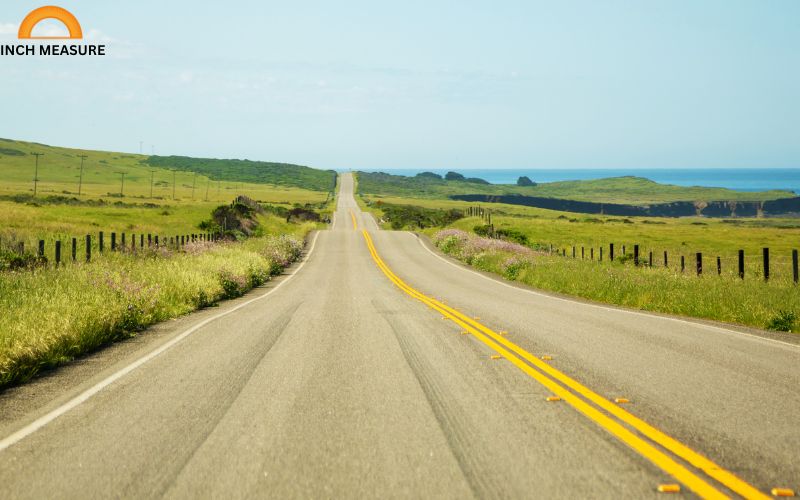
Many urban parks have paths or open areas that span approximately 500 meters. For example, in New York’s Central Park, the distance from the Bethesda Fountain to the edge of the Great Lawn is about 500 meters. Picture walking across a large park, from one landmark to another, to get a sense of this distance.
Parks are relatable because they’re spaces where people walk, jog, or relax. Covering 500 meters in a park might take you from a picnic area to a pond or from a playground to a café. The natural setting, with trees and open spaces, makes the distance feel pleasant and manageable.
7. The Length of a Medium-Sized Bridge
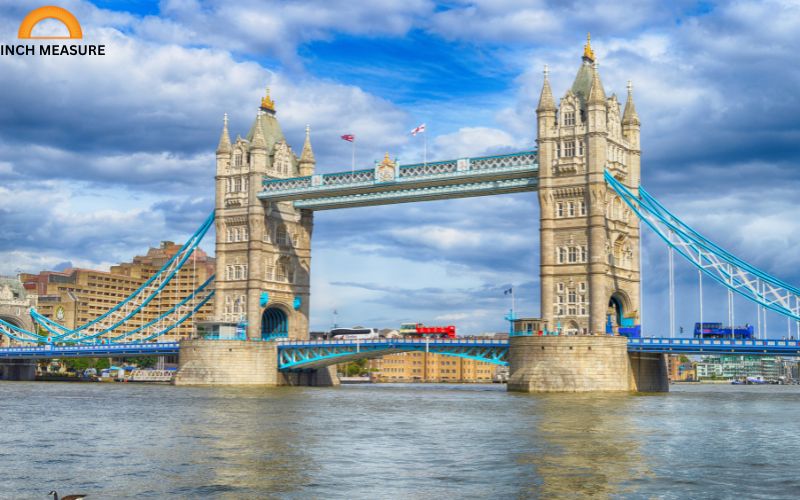
Some bridges, like the George Washington Bridge’s main span (1,067 meters), are much longer than 500 meters, but smaller pedestrian or local bridges often approach this length. For example, the Brooklyn Bridge’s main span is 486 meters, very close to 500 meters.
Imagine walking across a bridge like this, from one tower to the other. The distance feels significant, especially with the wind and the view of the water below. Bridges are iconic structures, and their length makes them a powerful way to visualize 500 meters.
This comparison works for anyone who’s crossed a notable bridge, whether in a city or a rural area. It also emphasizes how 500 meters can feel both grand and achievable, depending on the context.
8. A Train Ride Between Two Close Stations
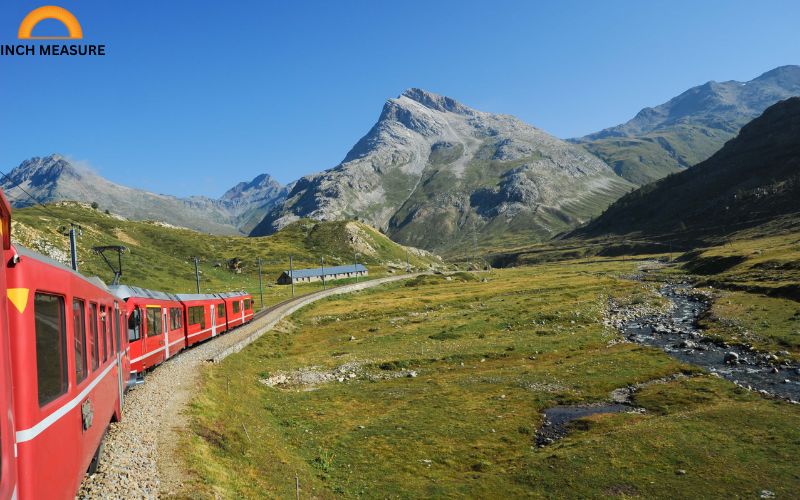
In some metro or commuter train systems, the distance between two stations is around 500 meters. For example, in London’s Underground, the distance between some central stations (e.g., Leicester Square to Covent Garden) is about 400–600 meters.
Picture riding a train for a brief stop or walking between two nearby stations. The distance feels short in a train but noticeable on foot. This comparison is relatable for urban commuters or travelers who use public transit.
It also highlights how 500 meters can feel different depending on the mode of transport—quick on a train, but a decent walk on foot.
9. The Perimeter of a Large Shopping Mall

The perimeter of a large shopping mall, like the Mall of America, can be in the range of 500 meters for one side or a partial loop. Walking from one end of a mall to the other, or around a significant portion, often approximates this distance.
Malls are familiar to many, with their long corridors and sprawling layouts. Covering 500 meters might take you from the food court to a department store or from one anchor store to another. This comparison is relatable for shoppers and those who frequent large retail spaces.
10. The Length of a High School Track (Plus a Bit)

A standard high school running track is 400 meters per lap. To reach 500 meters, you’d need to run one full lap plus an additional 100 meters (one-quarter of a lap). This is a common distance for track athletes during practice or warm-ups.
Tracks are familiar to students, athletes, and anyone who’s attended a school event. The mental image of circling a track and then some helps make 500 meters feel concrete and achievable.
11. The Distance to a Nearby Grocery Store

In suburban or urban neighborhoods, the distance from your home to a nearby grocery store or convenience store is often around 500 meters. This might be a 6–7 minute walk, depending on your pace.
This scenario is relatable for anyone who’s walked to a local store for a quick errand. It emphasizes how 500 meters is a practical, everyday distance that feels familiar and manageable.
12. The Width of a Large Lake
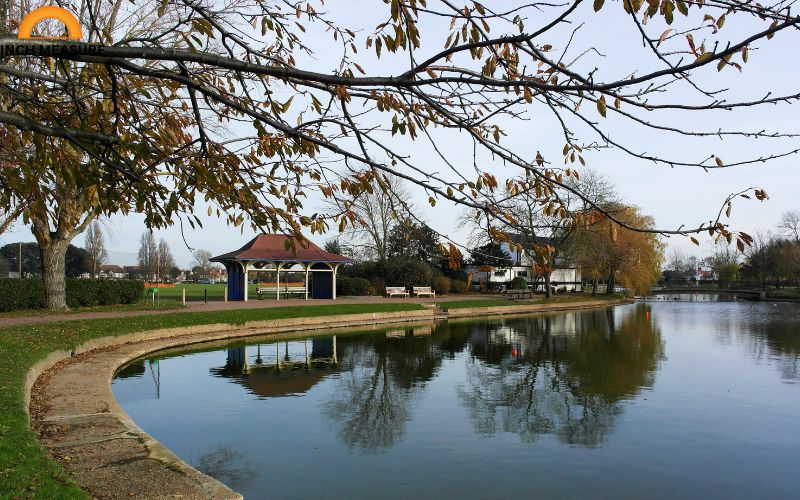
Some lakes or reservoirs have a width of about 500 meters. Imagine rowing or swimming across a lake of this size, or standing on one shore and looking to the other.
This comparison works for outdoor enthusiasts or anyone who’s visited a lake. It highlights how 500 meters can feel significant in a natural, open setting.
13. The Length of a Cargo Train

A typical freight train might have 50–60 cars, each about 15–20 meters long. A train with 30 cars (at 15 meters each) would be 450 meters, and adding a locomotive or two brings it close to 500 meters.
Picture standing at one end of a long cargo train and looking to the other. This comparison is relatable for those who’ve seen trains at crossings or stations.
14. The Distance Between Two Bus Stops
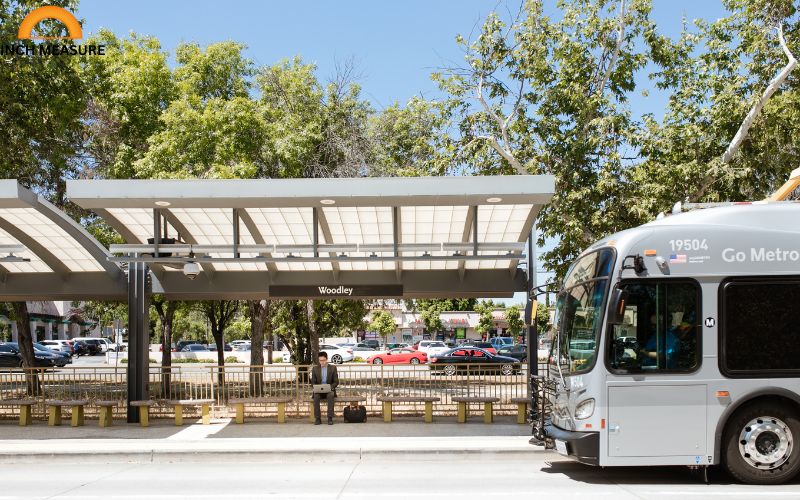
In many cities, bus stops are spaced about 400–600 meters apart. Walking from one stop to the next often approximates 500 meters, especially in urban areas with frequent stops.
This scenario is relatable for public transit users and emphasizes how 500 meters is a common distance in daily life.
Additional Contexts and Comparisons
Table of Walking Times for 500 Meters
Here’s a table showing how long it takes to cover 500 meters at different walking speeds:
| Walking Speed (km/h) | Walking Speed (mph) | Time to Cover 500 Meters |
| 3 km/h | 1.86 mph | 10 minutes |
| 4 km/h | 2.49 mph | 7.5 minutes |
| 5 km/h | 3.11 mph | 6 minutes |
| 6 km/h | 3.73 mph | 5 minutes |
This table helps readers understand how 500 meters translates into walking time, making it easier to plan routes or estimate effort.
In Technology and Mapping
In mapping apps like Google Maps, 500 meters is often the default scale for a zoomed-in view of a neighborhood. It’s a distance that shows up when you’re looking for nearby restaurants, transit stops, or points of interest. This context is useful for anyone who uses navigation tools to plan their day.
In Military and Safety
In military contexts, 500 meters is a common range for small arms fire or visual line-of-sight in open terrain. For safety, it’s also a typical distance for evacuation zones or safety perimeters in certain scenarios, making it a practical measurement in emergency planning.
You May Also Need To Know: How Big Is 30 cm?
Conclusion
Understanding how far 500 meters is becomes much easier when you relate it to everyday scenarios and familiar objects. From the length of five football fields to a walk across a park or the height of a stacked Eiffel Tower, these comparisons make the distance tangible. The 14 examples provided—each grounded in relatable contexts like sports, urban life, and nature—offer a vivid sense of what 500 meters looks like in the real world. Whether you’re planning a walk, visualizing a landmark, or simply curious about distances, 500 meters is a versatile and practical measurement that’s easy to grasp with the right references.
Convert Inches to Meters, cm, mm, and Feet
Converted Values:
Meters (m): 1.016
Centimeters (cm): 101.60
Millimeters (mm): 1016.00
Feet (ft): 3.33

